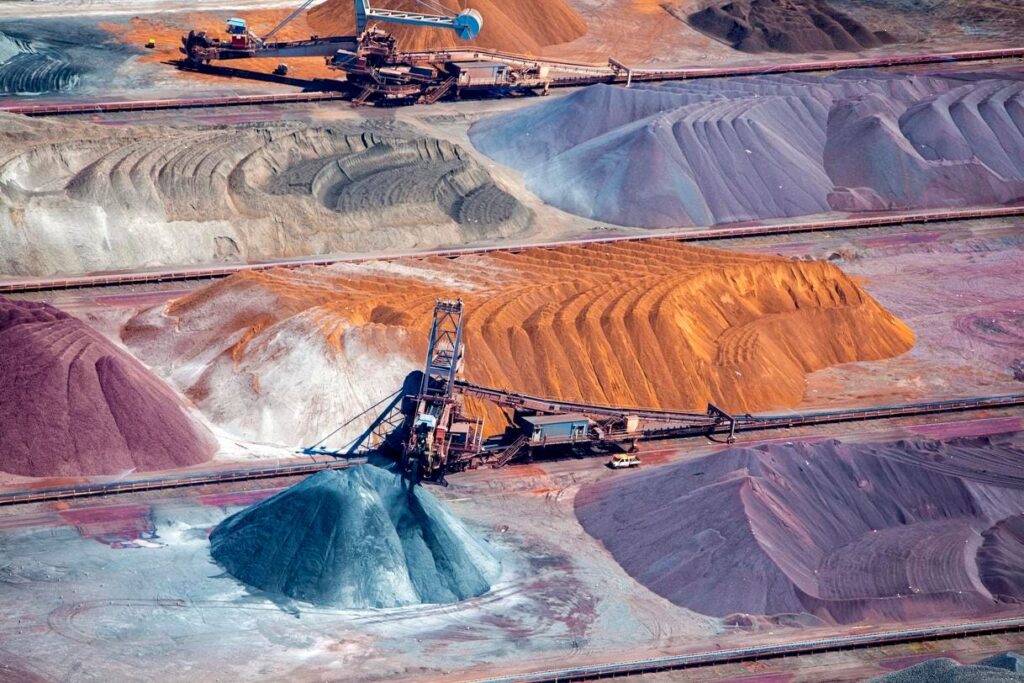The outlook for gold remains overwhelmingly bullish, with projections suggesting it could rise to $3,000 per ounce soon. Various factors, including escalating global tensions and a lack of available supply due to much of the gold being locked up, contribute to this positive sentiment. The total market capitalization of gold is around $14 trillion, but when considering the free float—gold that is readily available for trading—this figure is significantly reduced. This discrepancy in availability suggests a strong price-driving force that could propel gold further as global dynamics continue to shift.
Gold’s appeal often encourages investors to turn their attention to silver, given their historical correlation. The gold-silver ratio has fluctuated dramatically over time, starting around 5:1 in ancient times and reaching a peak of 120:1 in 2020. Currently, it stands at roughly 80:1, though ratios of 50:1 have also been seen in the 21st century. Silver is regarded as the more volatile “fast horse” in this relationship; when precious metals rally, silver tends to move sharply. Recent trends indicate that while gold’s momentum is more substantial, silver could soon follow suit as retail investors become more aware of gold’s rise.
From an investment perspective, there is a strong rationale for accumulating silver alongside gold. As gold prices increase, silver’s potential for significant price movement grows, particularly if the precious metals market enters a boom phase. This could lead to a scenario where silver experiences explosive gains, further solidifying its status as a high-risk, high-reward investment. However, it is essential to remain cautious, as the volatility of precious metals means that rapid ascents may likely be followed by steep declines, reinforcing the notion that the current trajectory might not be permanent.
The discussion of precious metals also extends to platinum, which has been underperforming on the market. Given its characteristics and the potential for increasing global friction, platinum could witness a resurgence as governments and institutions seek to bolster their reserves with alternative stores of value akin to gold. Historically, during periods of geopolitical tension, platinum serves as a convenient asset due to its heft, making it a potentially valuable commodity for transactions amidst pressures that make traditional movement of gold less practical.
Despite these underlying dynamics, the current focus remains primarily on gold and its impact on the precious metals market. The clear upward trajectory of gold is shaping investment strategies, and if the anticipated surge materializes, it could lead to a significant transition for silver and possibly revive interest in platinum as a dual option for wealth preservation. Keeping these variables in mind will be crucial as developments unfold in the precious metals landscape, highlighting the need for ongoing assessment of market conditions.
In summary, the investment landscape for precious metals, particularly gold and silver, appears robust against a backdrop of geopolitical tensions and market dynamics. As investors navigate this complex space, the historical relationships and current market conditions provide a comprehensive picture of opportunities and considerations. As always, prudent investing requires a balanced approach that acknowledges both the potential rewards and risks associated with these volatile assets.

